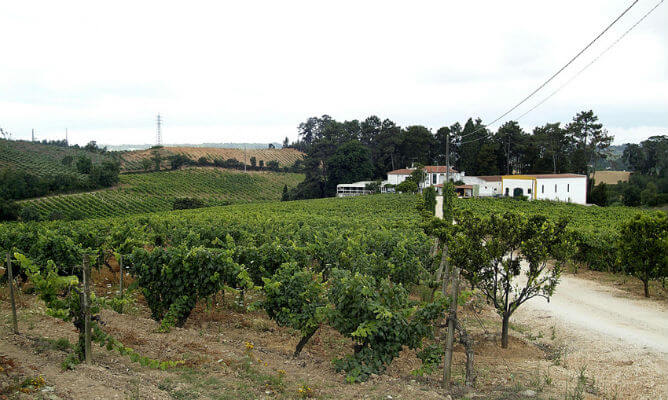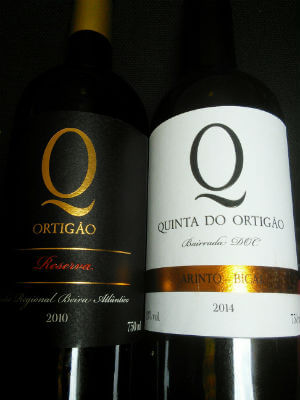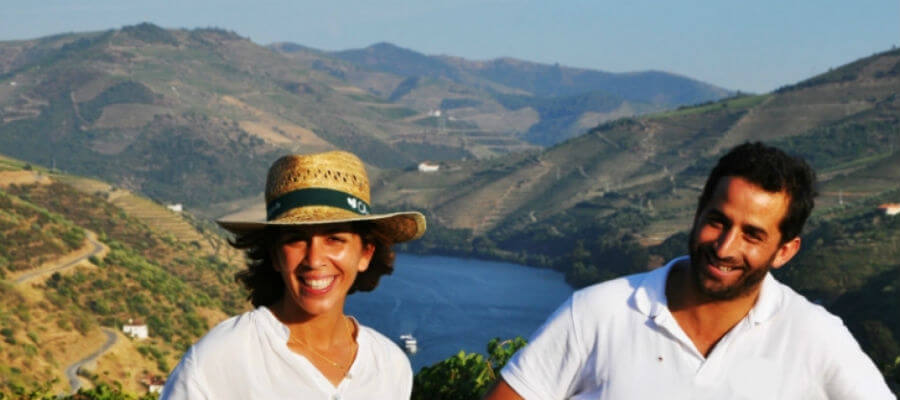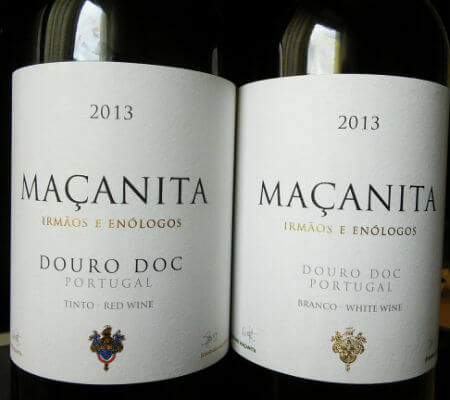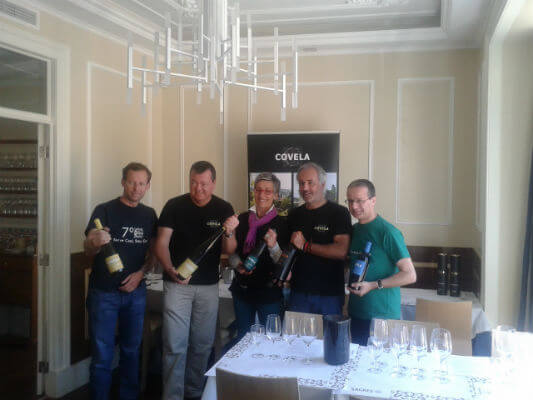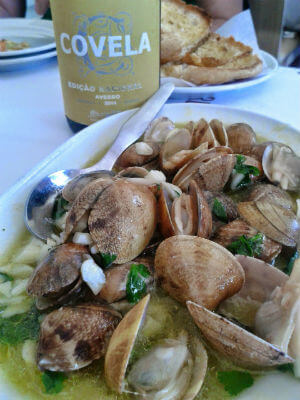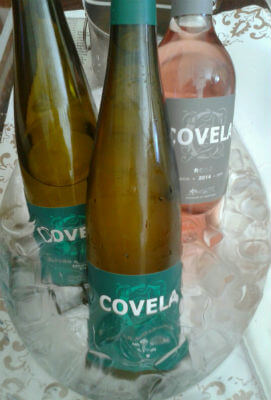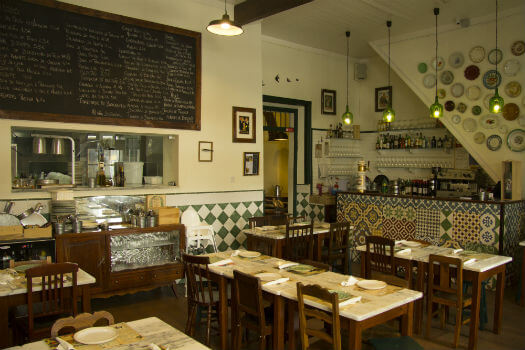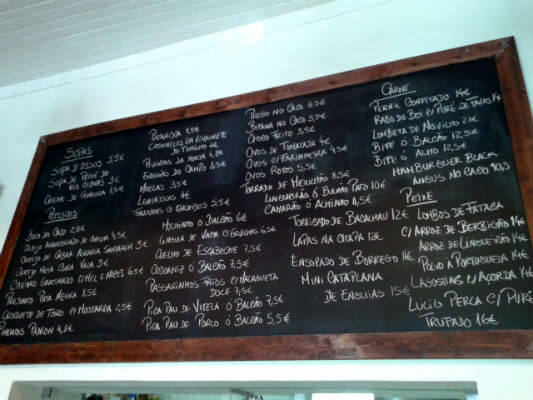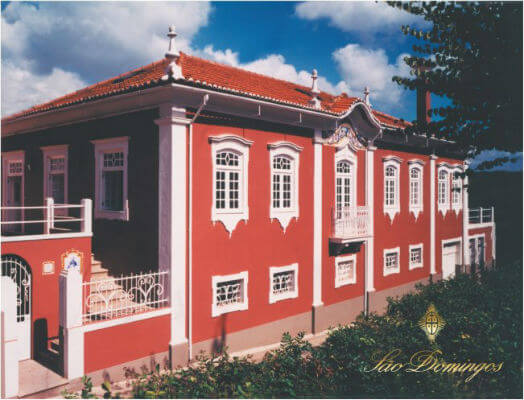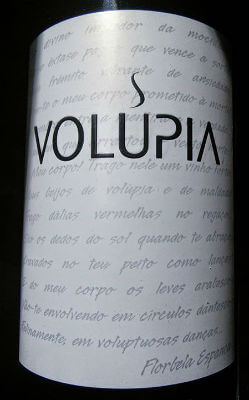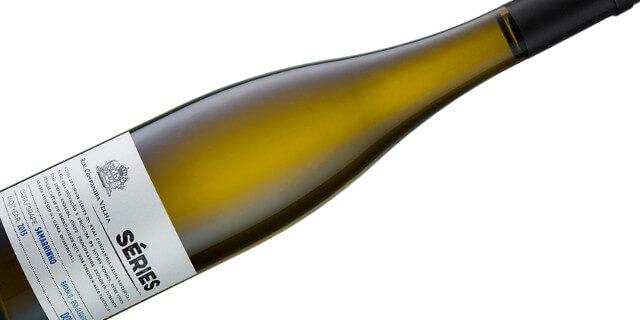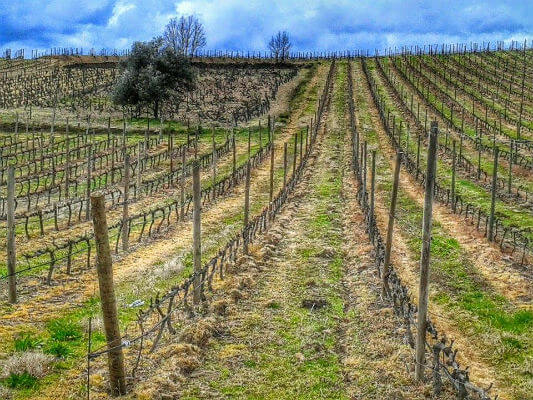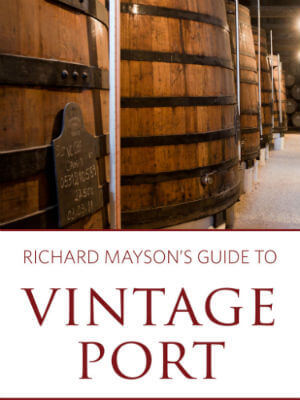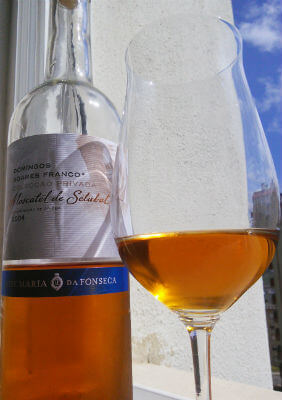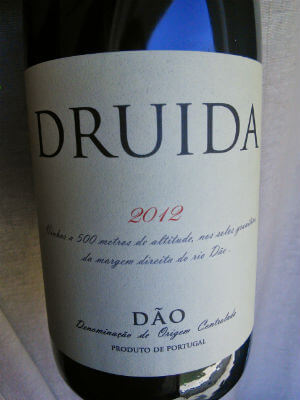Fish + White Wine = Portugal
Text João Pedro de Carvalho | Translation Jani Dunne
Portugal is currently the country with the greatest annual intake of fish per person in the European Union, and the third in the world after Iceland and Japan. In fact, Portugal can brag about having the best fish in the world swim in its waters; this fact is acknowledged by some of the best Chefs de Cuisine all over the world. Everybody knows that noble examples of our fish are flown out to restaurants worldwide. As far as consumption goes, one must eat consciously and, thus, sustainably, which is the only way to keep a balanced maritime food chain.
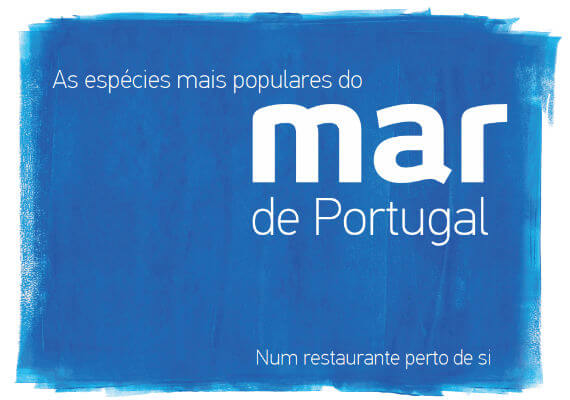
Mar de Portugal – Photo by Ciência Viva | All Rights Reserved
Ciência Viva has published a catalogue titled “The most popular species in the Portuguese Sea”, where they present the main species of fish of greater economical interest, which make their way from the Portuguese sea to our table. In total, twenty species of fish were selected, three types of cephalopod, three bivalve and three crustacean. For each species presented, their main morphological features, such as habitat, etc. For all of those interested, the catalogue is available here for free.
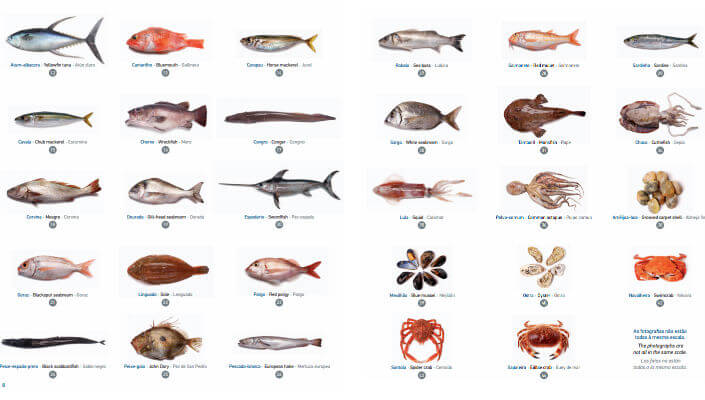
Fish from the Portuguese Sea – Photo by Ciência Viva | All Rights Reserved
Well, if the Portuguese call the shots when it comes to fish, in white wine we are starting a buzz. Besides, these days Portugal undoubtedly offers the best whites around – whether in profile or in quality – to accompany fish at the table. Mankind thinks with the stomach; a fact that relates regional cuisine to the wine produced in the same area. Just think about it: the best combinations are cuisine plus wine of a specific region. Regarding white wine, the leap in quality that Portugal has seen in the last two decades has made all of this possible. Furthermore, these days, there must be no better pair for our fish than our wine, Portuguese Wine.
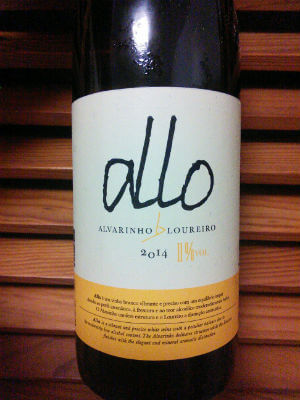
Allo 2014 – Photo by João Pedro de Carvalho | All Rights Reserved
One example is Allo 2014, created in Quinta de Soalheiro (Vinho Verde), and the product of the plot of land between Alvarinho and Loureiro. While the Alvarinho variety gives it the structure and vigour, the Loureiro variety contributes with all its exuberance. This results in an addictive wine with only 11% alcohol, but if you relax, the next thing you know is the bottle is empty. It is a proper terrace wine, with a scent of summer, suggesting seafood or, as we had, oven-roasted Red Snappers, combined with all the freshness of aromas and flavours, and an invigorating acidity that will cleanse your palate completely as well as make you take another sip. For more on Quinta de Solheiro and its wines see here.
Contacts
Ciência Viva – Agência Nacional para a Cultura Científica e Tecnológica
Parque das Nações, Alameda dos Oceanos Lote 2.10.01, 1990-223 Lisboa, Portugal
Tel: (+351) 21 898 50 20 / 21 891 71 00
Fax: (+351) 21 898 50 55 / 21 891 71 71
Website: www.cienciaviva.pt
Quinta de Soalheiro
Alvaredo . Melgaço
4960-010 Alvaredo
Tel: (+351) 251 416 769
Fax: (+351) 251 416 771
Email: quinta@soalheiro.com
Website: www.soalheiro.com



